PROGRAMME FOR INTEGRATED DEVELOPMENT AND ADAPTATION TO CLIMATE CHANGE IN THE NIGER BASIN
Technical and financial supervision mission by the Niger Basin Authority and the Programme Regional Coordinating Unit in CHAD
The Programme for Integrated Development and Adaptation to Climate Change (PIDACC) Chad is strengthening integrated and climate change resilient development in the Mayo Kebbi Est and Mayo Kebbi Ouest Provinces on the Chadian part of the Basin
From 1st to 6th October, 2025, a joint mission of the NBA Executive Secretariat and the PIDACC/NB Regional Coordinating Unit (PRCU) conducted visits to assess the technical and financial progress made in implementing community infrastructures and sub-projects in the Mayo Kebbi Est and Mayo Kebbi Ouest provinces in Republic of CHAD. The field visits helped to confirm actual achievements in tangible rural infrastructures and agroforestry, but also to highlight the significant gains in the climate resilience of ecosystems and beneficiary communities, while identifying measures to be strengthened to ensure the sustainability of the important achievements made.
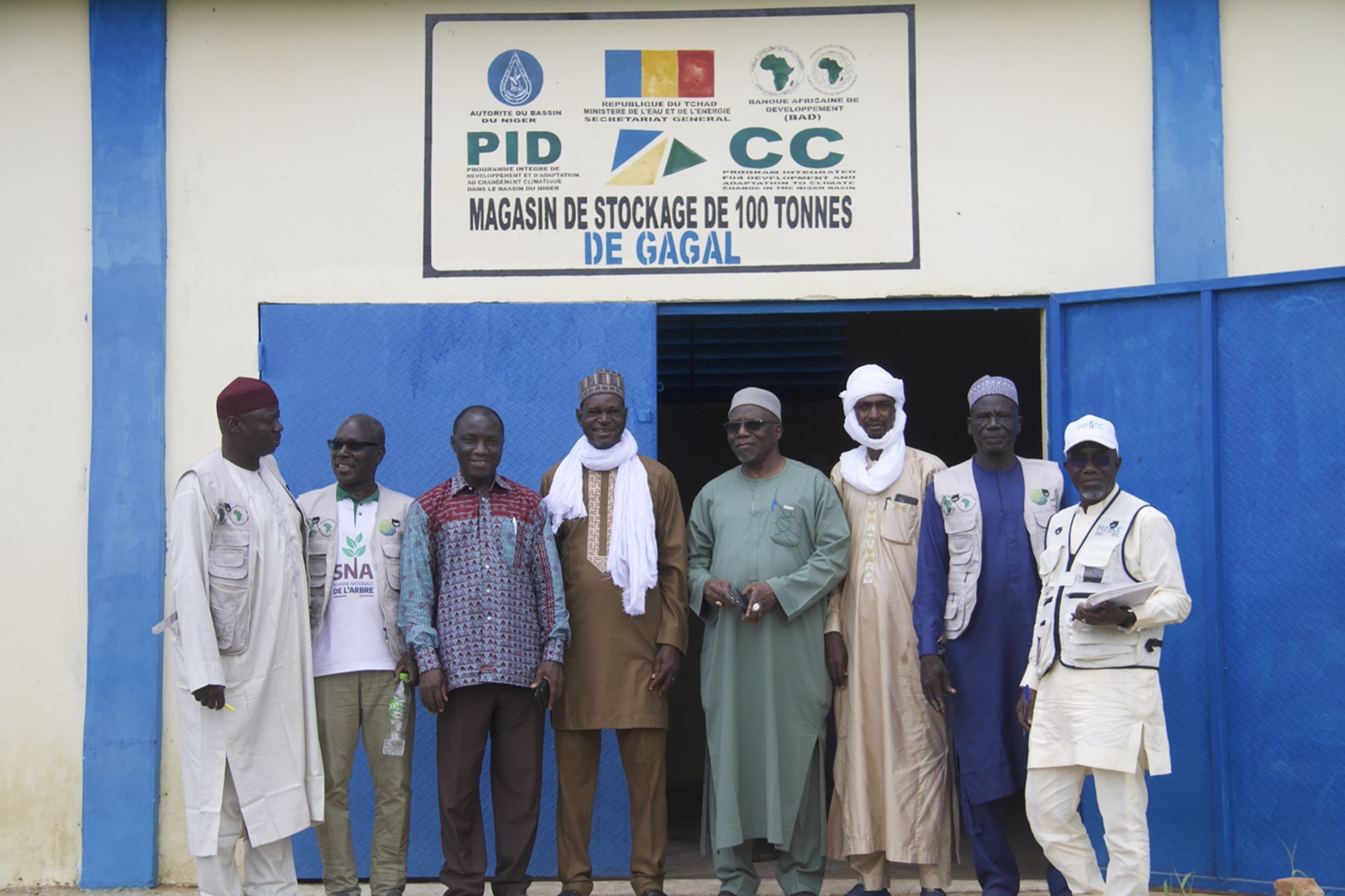
Picture 1: The mission in front of the GAGAL 100 tonne warehouse
Before undertaking the field visits, the delegation: (i) was received by the Secretary General, Ministry of Water and Energy, and (ii) held a working session with the Chad PIDACC/NB National Coordinating Unit (PNCU/CHAD) to review the implementation of the Programme’s national component.
The mission visited fifteen (15) sites that have benefitted from infrastructure achievements of all kinds and the implementation of community sub-projects meant to strengthen climate resilience for ecosystems and local communities. Each site visit was preceded by exchange meetings with local authorities at all levels (Provincial, Departmental, Prefectural, Communal and Traditional) and with beneficiaries; with a view to assessing the entire process, going from sensitisation to infrastructure acceptance.
Main achievements observed
The visited sites, including Djado Gosso, Sorga, Pala, Gagal, Binder, Lere and Lagon, were thoroughly assessed in the provinces of Mayo Kebbi Est and Mayo Kebbi Ouest. Inspections covered a wide range of: (i) infrastructures, including storage facilities with a capacity of 100 tonnes, hydrometric stations, solar-powered pastoral stations, fish hatcheries, and (ii) works for rehabilitating landing stages, protecting banks and implementing agroforestry projects.
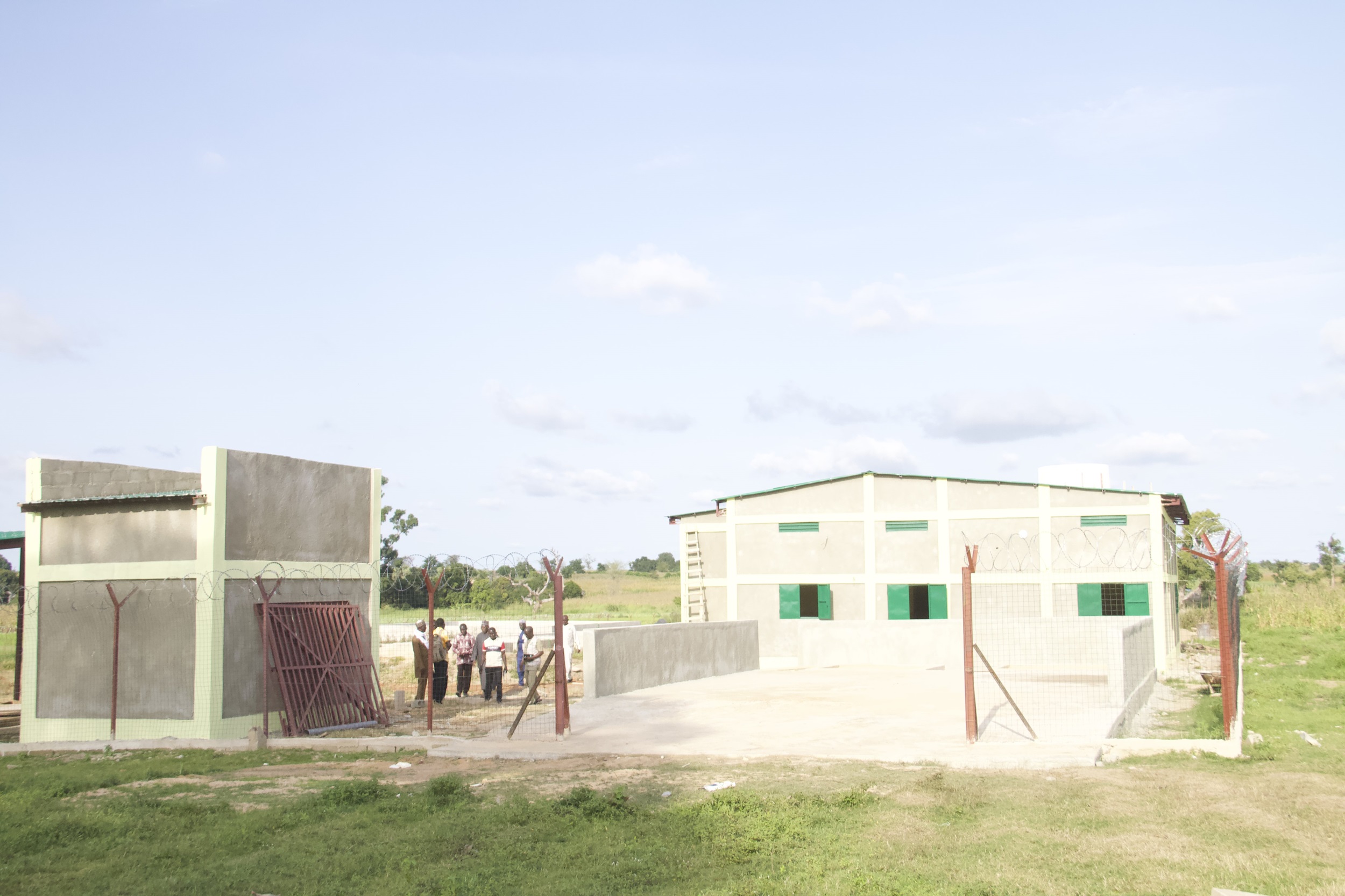
Picture 2: The fish hatchery under construction in Pala to meet the fry needs of fishermen in the area
The technical achievement rates of the works visited vary from 55% to 100%, with the majority of infrastructures complying with the technical specifications set out in the tender documents. These results demonstrate the significant progress made on the ground, while highlighting the importance of rigorous monitoring to ensure the projects’ proper completion and quality.
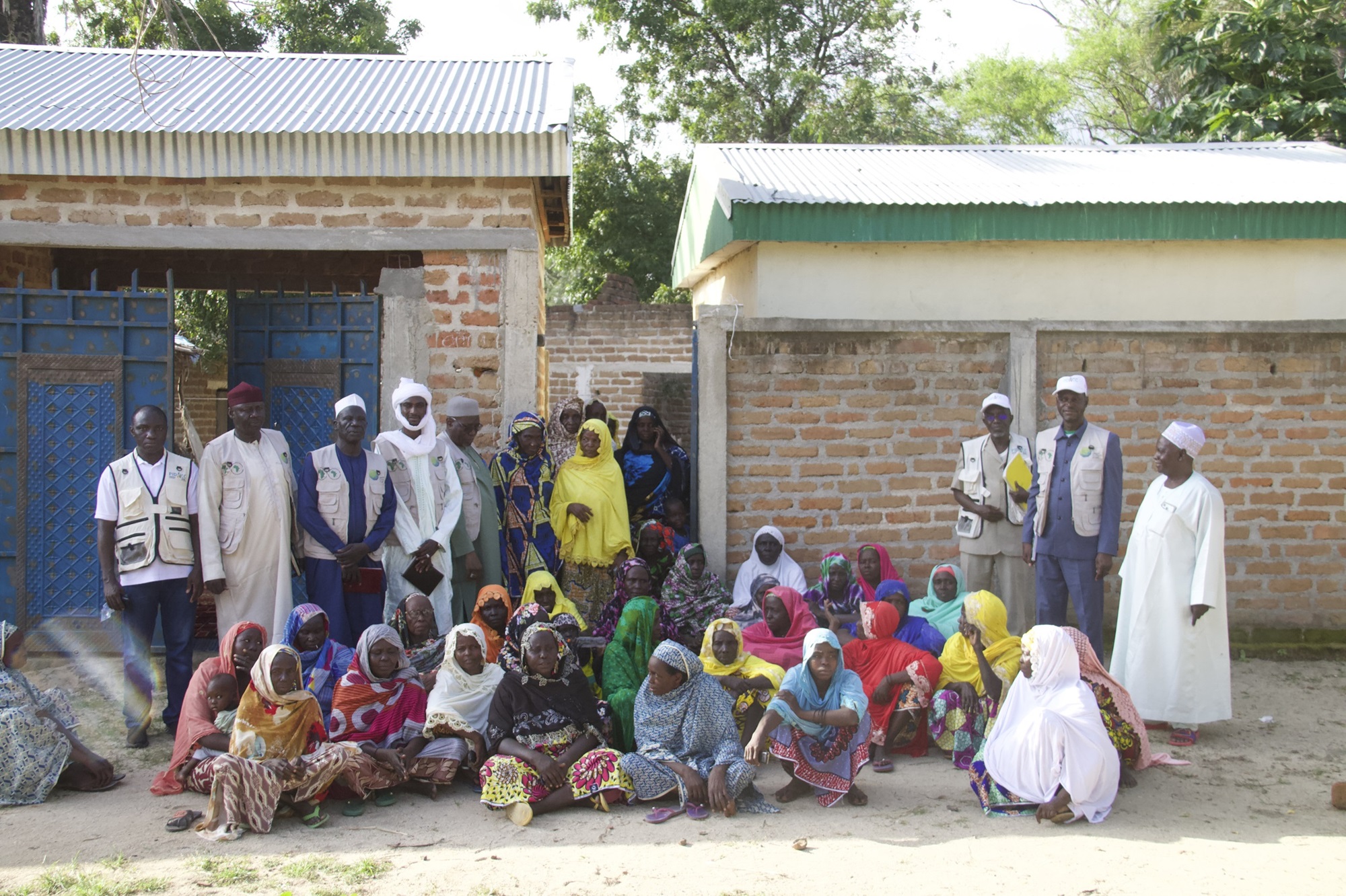
Picture 3: Group photo with the women group benefiting from the Bambarwa women agroforestry sub-project
Agroecological impacts and productivity gains
The two agroforestry sites visited (where planting, building of stone cordons and using locally produced compost were combined) have an average technical achievement rate of about 70%. Plantations are based on Acacia albida, a species known for its ability to improve soil fertility, all of which contributes to strengthening ecosystems and populations’ resilience to climate change. For example, in Ribaô, the results obtained by one beneficiary show a significant increase in the yield of his field, from 8 to 18 bags of 100 kg of maize per hectare. This increase illustrates the positive impact of agroforestry practices on agricultural productivity and the sustainability of cropping systems.
Furthermore, the actions implemented for protecting the banks of the Léré lake have been remarkably successful, with a 90% technical achievement rate over a distance of 14 km and an average width of 10 m. These works effectively help to reduce erosion and strengthen the resilience of the lake ecosystems mentioned above, while preserving water resources and associated biodiversity in both quantity and quality.
These results highlight the effectiveness of integrated approaches combining agroforestry, soil management and ecosystem protection, offering promising prospects for climate change adaptation and the sustainability of local people’s livelihoods.
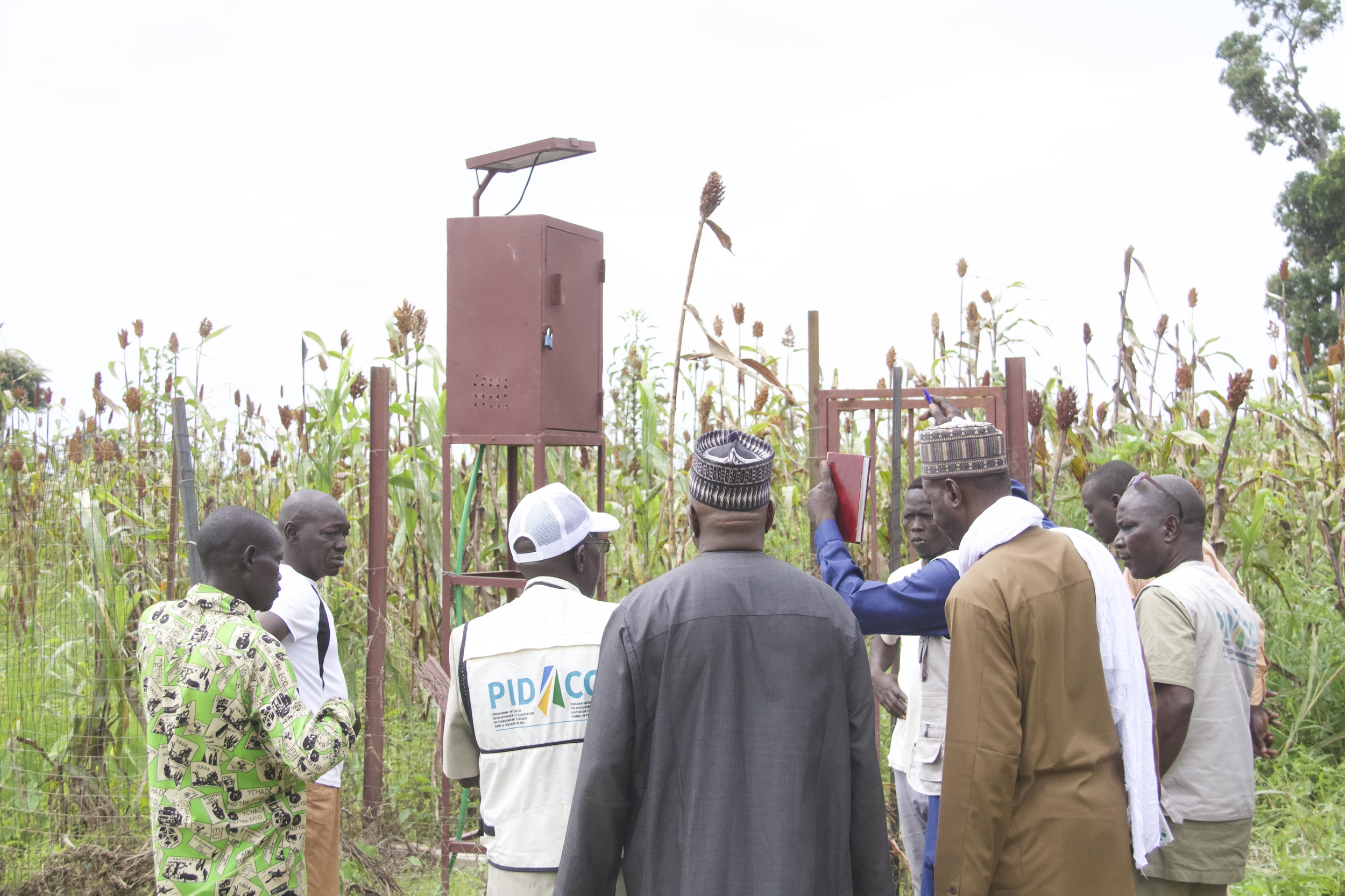
Picture 4: Djoddo Gassa hydrometric station installed to collect data for informing field stakeholders of floods
Social ownership and observations
As regards sub-projects, local communities show significant ownership of implemented interventions, together with a tangible improvement in their livelihoods. The beneficiaries, motivated and committed, demonstrate a solid mastery of the techniques they have been taught, demonstrating thus the effectiveness of the training provided, and thus of the knowledge acquired.
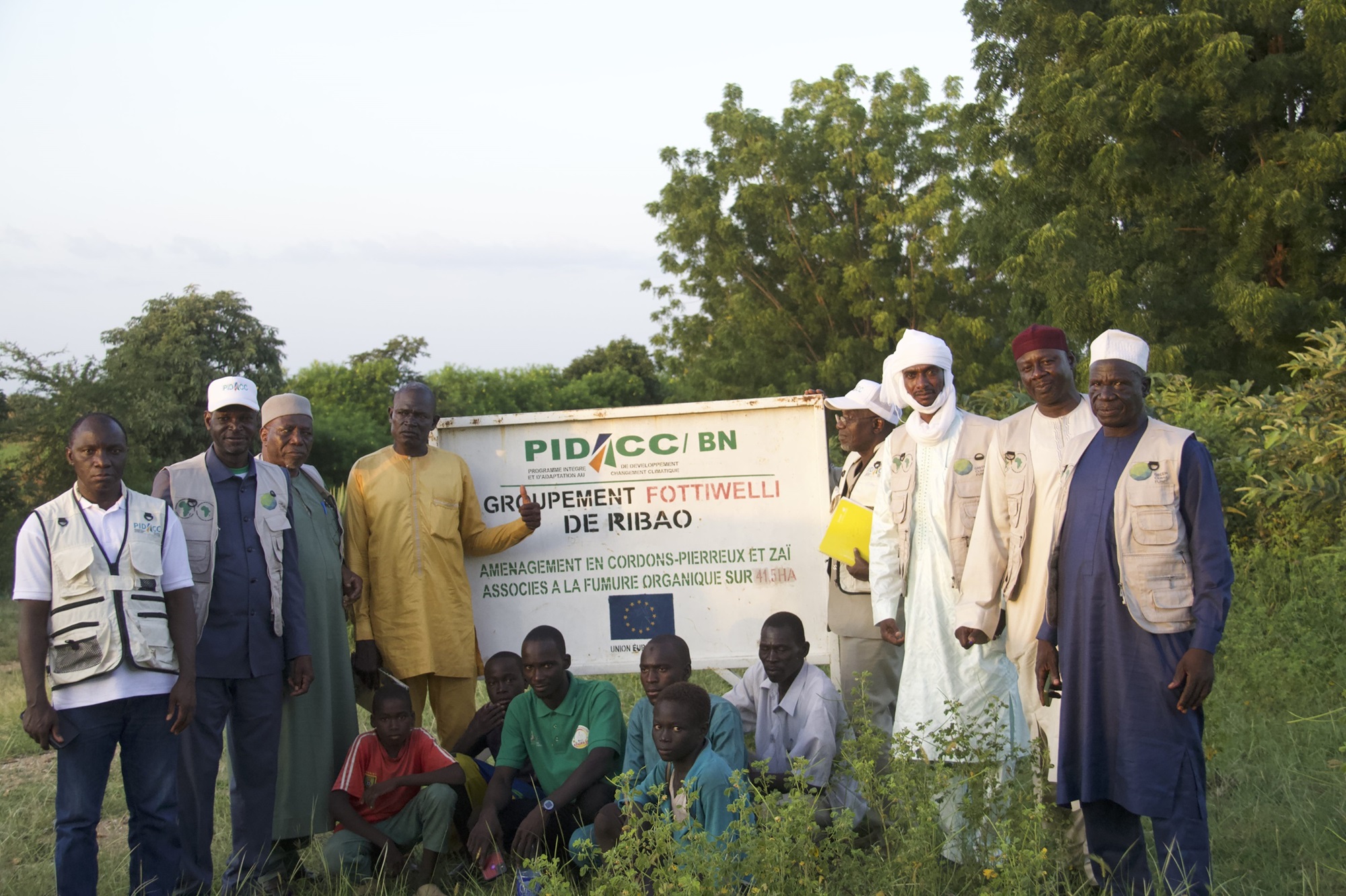
Picture 5: The mission at the level of the Ribao site
However, the mission noted significant improvements, particularly in the areas of local governance and close technical monitoring. Strengthened institutional capacity and more sustained institutional support could optimise the sustainability and impact of the initiatives, while consolidating participatory management and the accountability of local stakeholders. These areas for improvement represent essential levers for ensuring the sustainability of the results derived from the actions and maximising their long-term benefits.
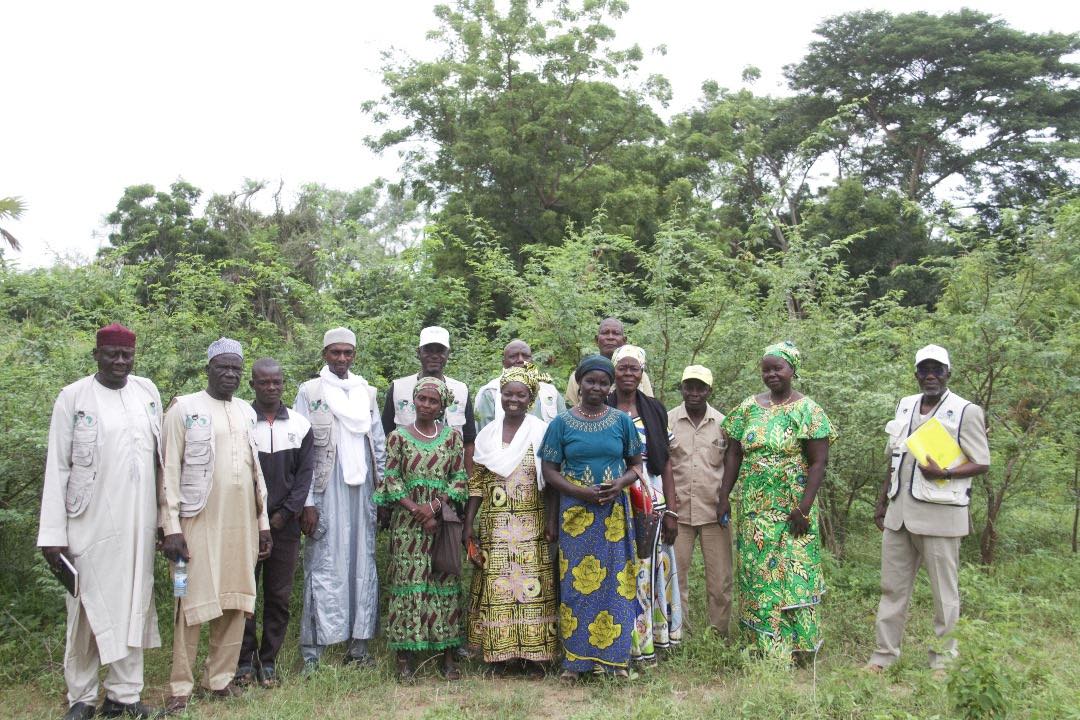
Priority recommendations:
- Strengthen sensitisation and effective involvement of all stakeholders;
- Intensify technical and financial monitoring to ensure compliance with standards and the sustainability of achievements;
- Establish and strengthen Local Management Committees for the maintenance and sustainability of assets;
- Formalise public acceptance of infrastructures in order to establish local effective accountability for their management.
The mission highlighted the CHAD PIDACC/NB positive effects on climate change adaptation and sustainable development in the Mayo Kébbi Provinces. Thanks to growing commitment from the Authorities, the project is on track to generate lasting benefits for local populations and ecosystems. Though areas for improvement have been identified, particularly as regards more rigorous monitoring and greater stakeholder involvement, the overall conclusions remain encouraging and the mission would like to urge project stakeholders to intensify their efforts for effectively achieving PIDACC/NB’s implementation objectives.
By maintaining sustained commitment and strengthening synergy of action and good collaboration among all partners, PIDACC/NB Chad is well positioned to deliver positive and sustainable impacts in the Chadian part of the Niger Basin.


